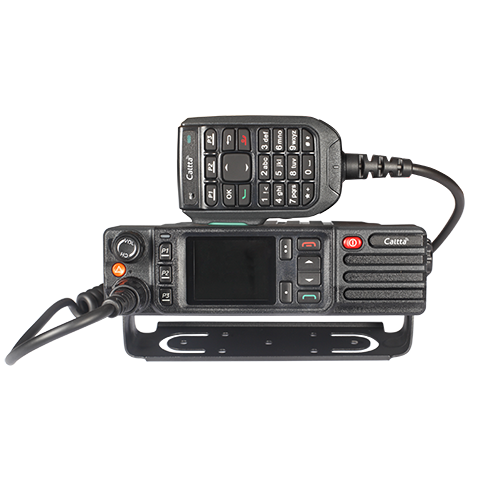LTE radio refers to electromagnetic waves that propagate in all free space (including air and vacuum) and are one of the limited frequency bands, with an upper frequency limit of 300 GHz (gigahertz) and a lower frequency limit that is not consistent. In various radio frequency specifications, common lower frequency limits are 3 kHz to 300 GHz (ITU-International Telecommunication Union regulations), 9 kHz to 300 GHz, and 10 kHz to 300 GHz.
LTE radio technology is the technology of signal transmission through radio waves. The principle of LTE radio technology is that changes in the strength of the current in a conductor will generate radio waves. Utilizing this phenomenon, information can be loaded onto radio waves through modulation. When the radio waves propagate through space to reach the receiving end, the changes in the electromagnetic field caused by the radio waves will generate current in the conductor. By demodulating, the information can be extracted from the current changes, achieving the purpose of information transmission.
LTE radio was first used in navigation, utilizing the Morse code to transmit messages between ships and land. LTE radio has various forms of applications, including wireless data networks, various mobile communications, and radio broadcasts.
Wireless communication plays an extremely important role in modern communication, and is used in almost any field including business, meteorology, finance, military, industry, and civil use. The various types of wireless communication systems can be seen from communication systems, modulation methods, and multiple access methods. The categories include communication satellite systems, cellular mobile communication systems, wireless paging systems, shortwave communication systems, microwave communication systems, etc. Modulation methods include AM, FM, LSB, USB, ISB, FSK, PSK, MSK, GMSK, QAM, etc. Multiple access methods include time division multiple access (TDMA), frequency division multiple access (FDMA) and code division multiple access (CDMA) and others.
All satellite navigation systems use satellites equipped with precise clocks. Navigation satellites broadcast their position and timing information. The receiver simultaneously receives signals from multiple navigation satellites. The receiver calculates its precise position by measuring the propagation time of radio waves to each satellite and then calculating the distance.
LTE radio network systems also use the propagation time of radio waves for positioning, but their transmission stations are all on land. The system is usually used for flight positioning. It uses two transmitters, a directional transmitter that always transmits and rotates at a fixed rate like a lighthouse spotlight. When the directional transmitter is facing north, the other omnidirectional transmitter will emit a pulse. The aircraft can receive signals from both stations, thereby determining its position by calculating the intersection of the two beams.
Copyright © Caltta Technologies Co., Ltd. All Rights Reserved.
+86-0755-86556659



.webp)



